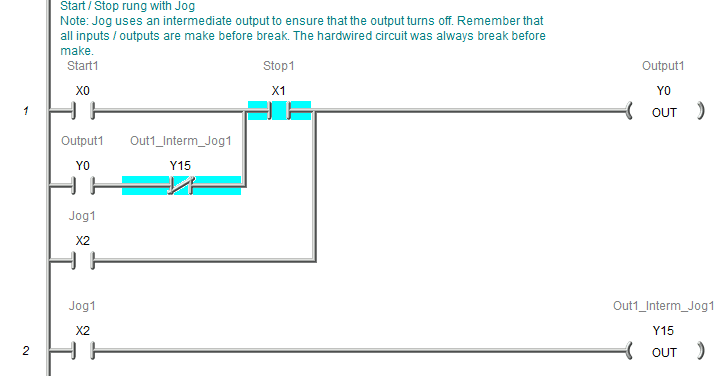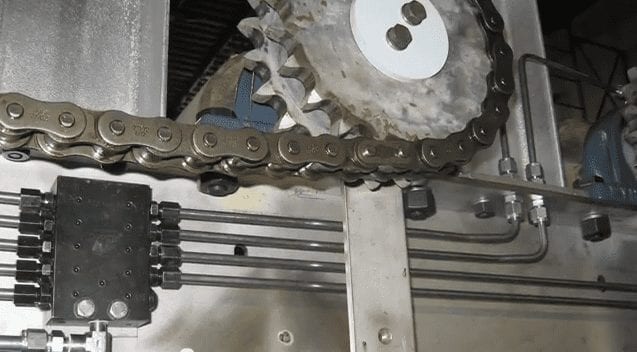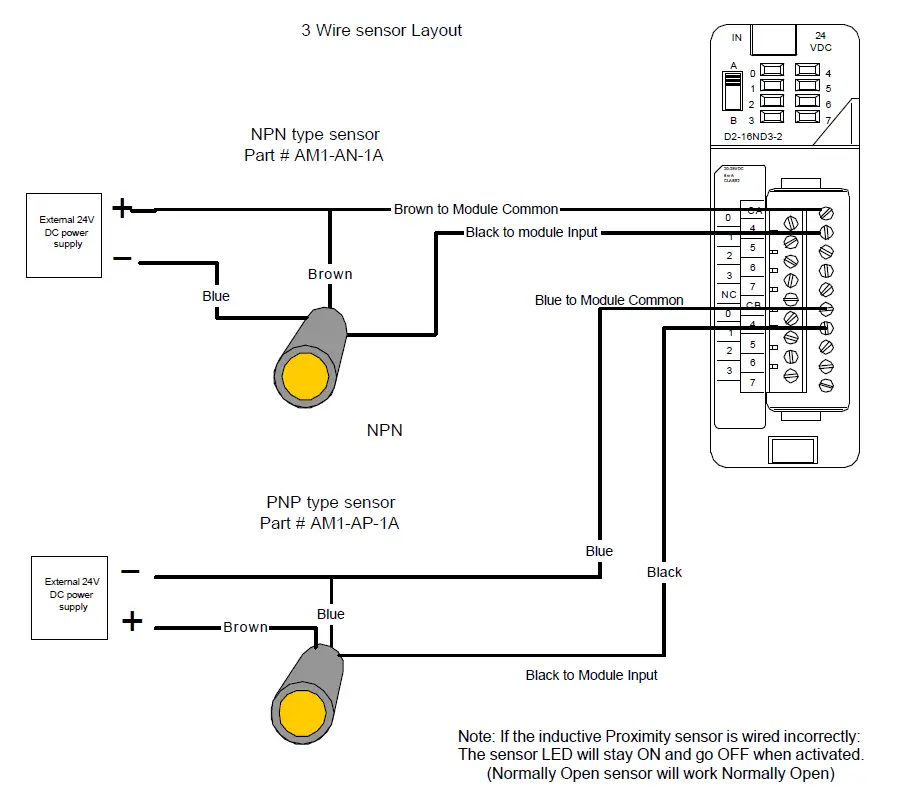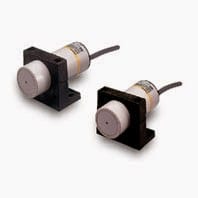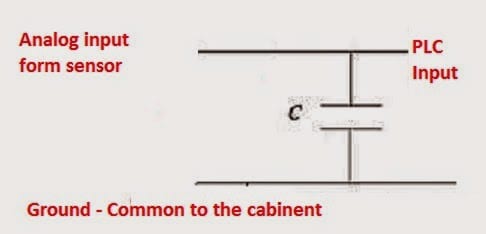How to Troubleshoot a PLC – Ladder Logic
We will look at how to troubleshoot a plc racing condition. Two examples are explained in racing conditions in the PLC. The PLC will update only at the end of the program logic. Items set will not happen until the I/O is refreshed. How to trigger events when you want them is discussed. Your control … Read more

